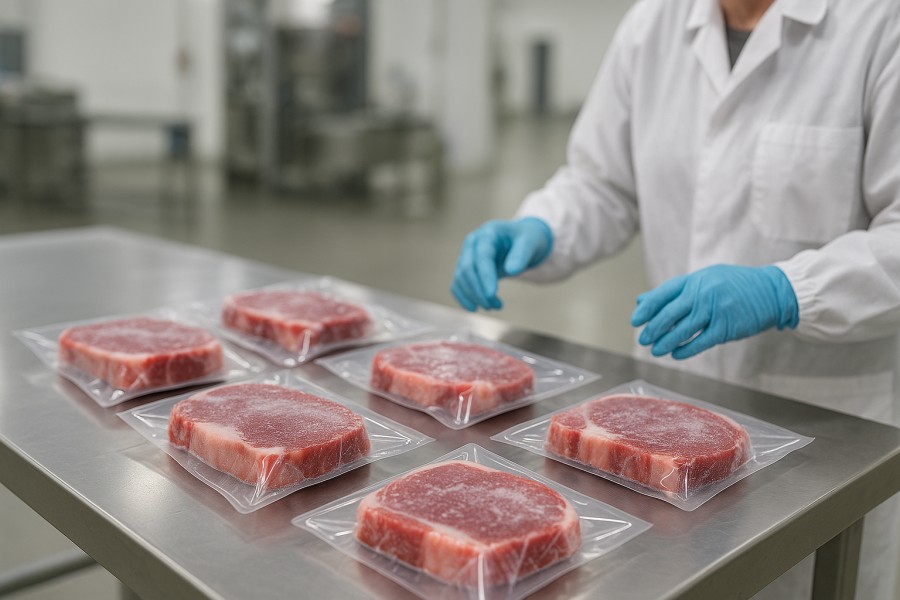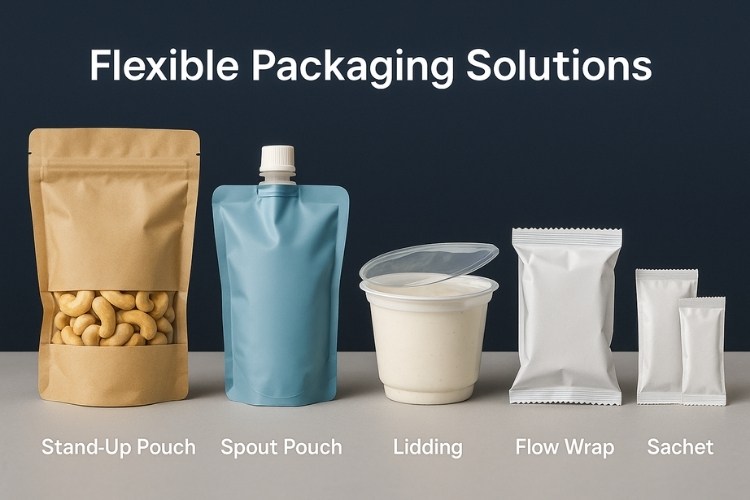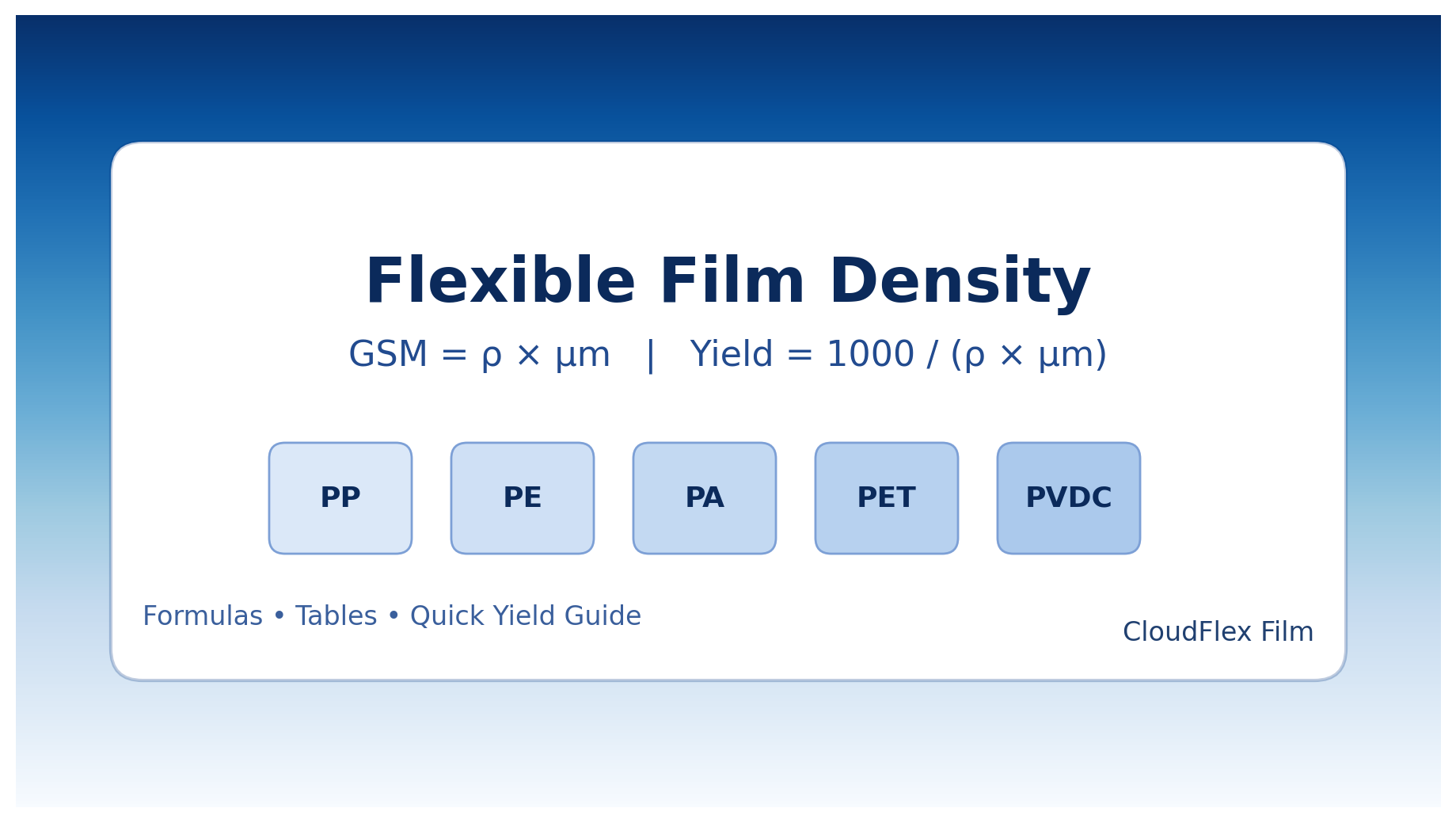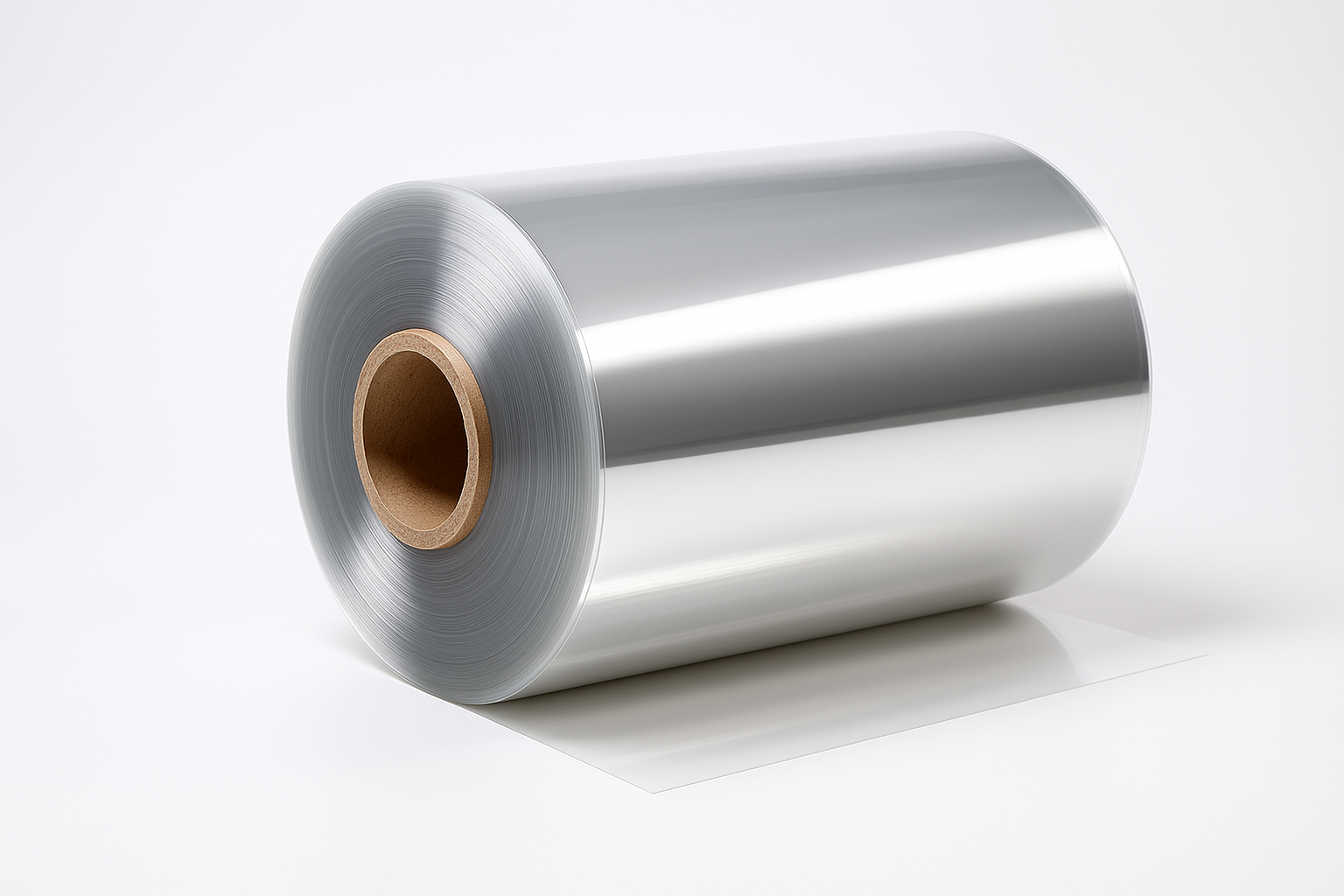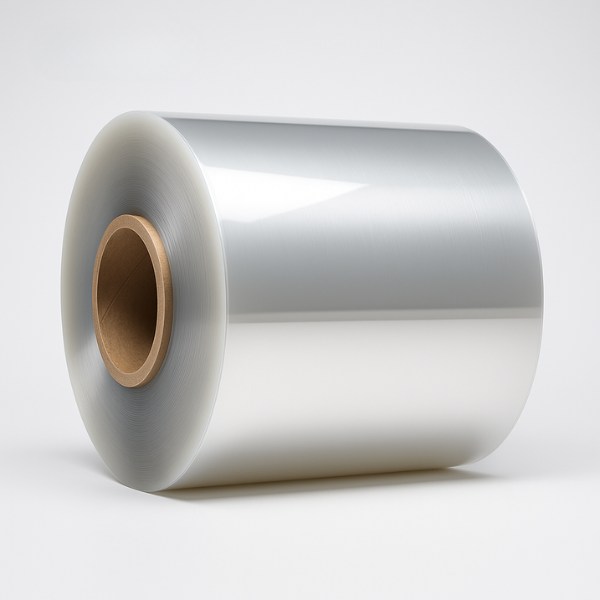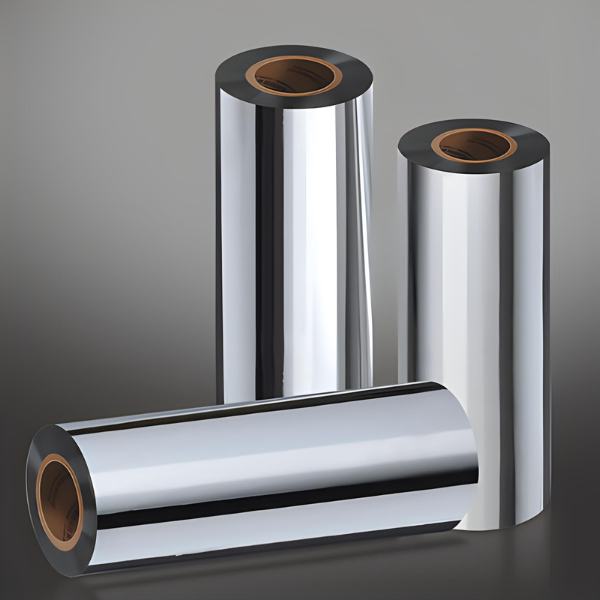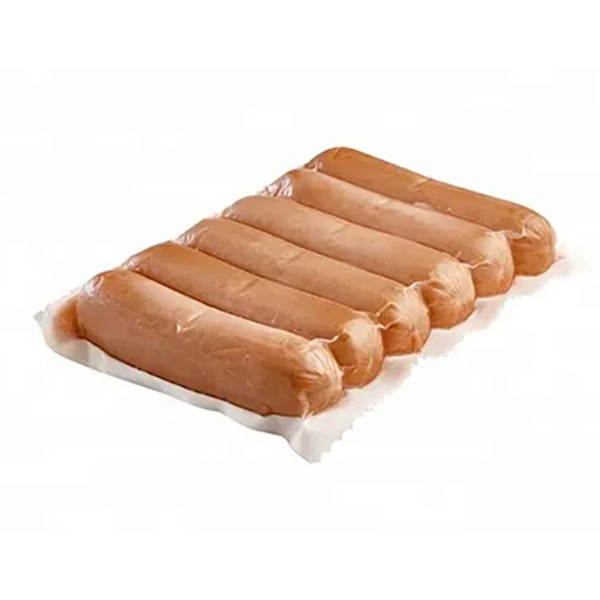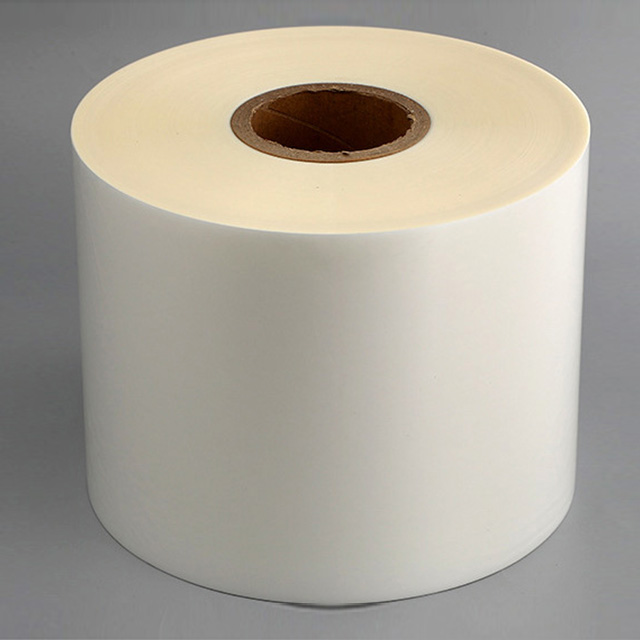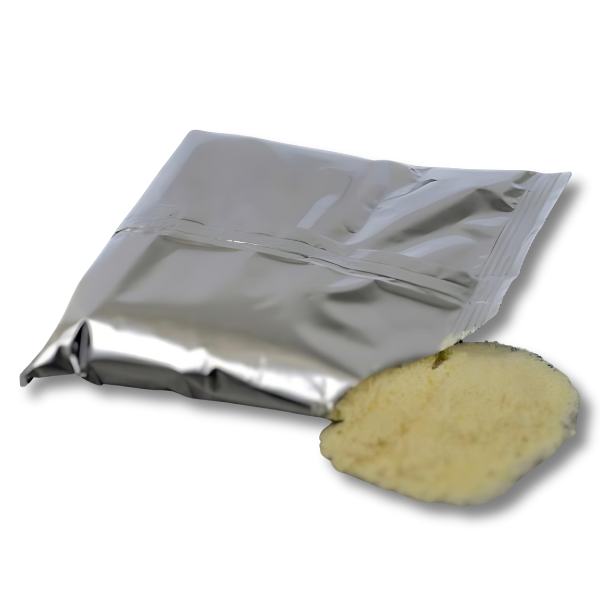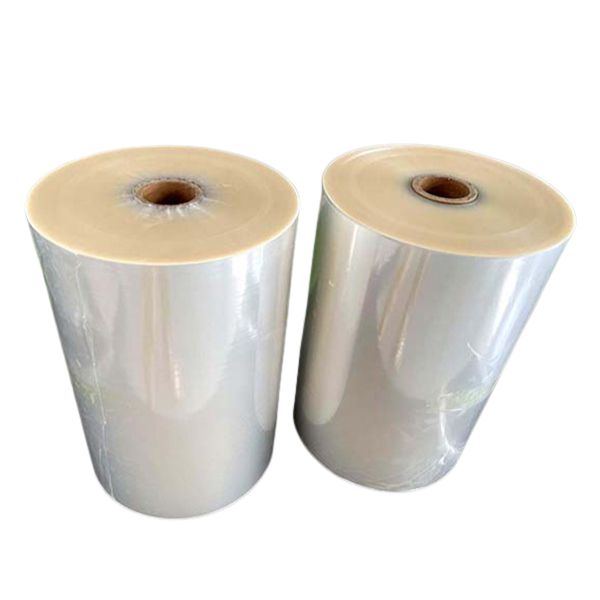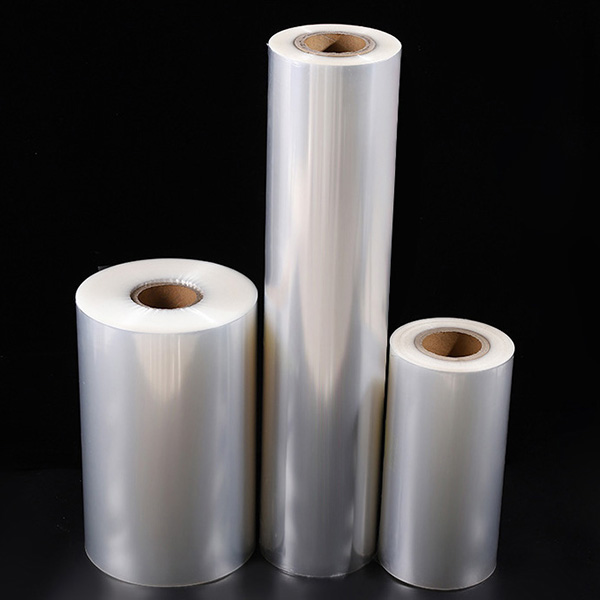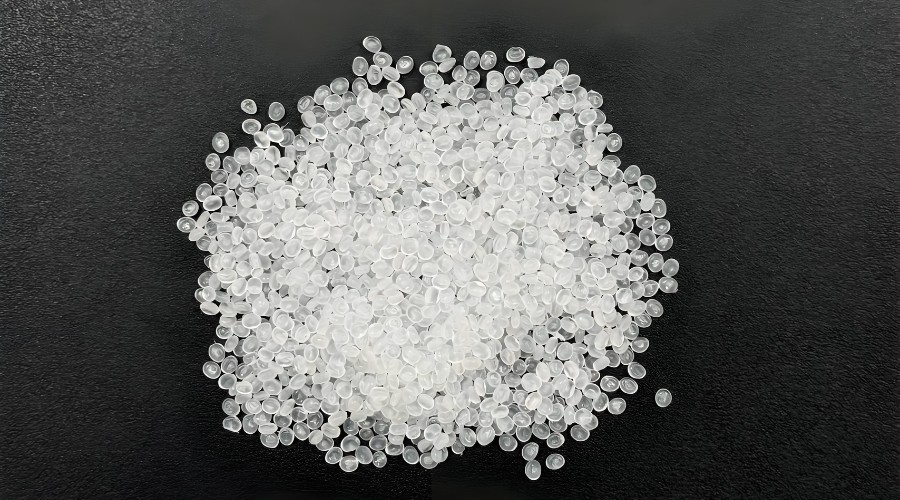
CPP film density typically ranges from 0.90 to 0.92 g/cm³, which is a fundamental physical property that significantly influences the material’s barrier properties, mechanical strength, transparency, and overall performance in packaging applications.
This value is critical for manufacturers and engineers who need to calculate material weight, estimate costs, and ensure product consistency in cast polypropylene film production.
What is CPP Film?
Cast Polypropylene (CPP) film is produced through a melt casting quenching process, resulting in a non-stretched, non-oriented flat film. It is manufactured using T-die extrusion followed by rapid cooling on cooling rollers, which gives it excellent thickness uniformity, high transparency, and good heat sealability.
CPP films are classified into three main categories: general purpose, metallized grade, and retort grade, with retort-grade films capable of withstanding high-temperature sterilization at 121°C-135°C.
The Significance of Density in CPP Films
Density is a crucial property of CPP films that affects multiple aspects of its performance:
Barrier Properties: Density directly influences the film’s resistance to moisture vapor and gases. Higher density generally improves barrier performance but may reduce flexibility.
Mechanical Strength: Denser films typically exhibit better tensile strength and stiffness, which is important for packaging durability.
Optical Characteristics: Density affects the film’s transparency and haze, with optimal density values providing superior clarity.
Cost Calculations: Density is essential for calculating the weight of film required for specific applications, directly impacting material costs.
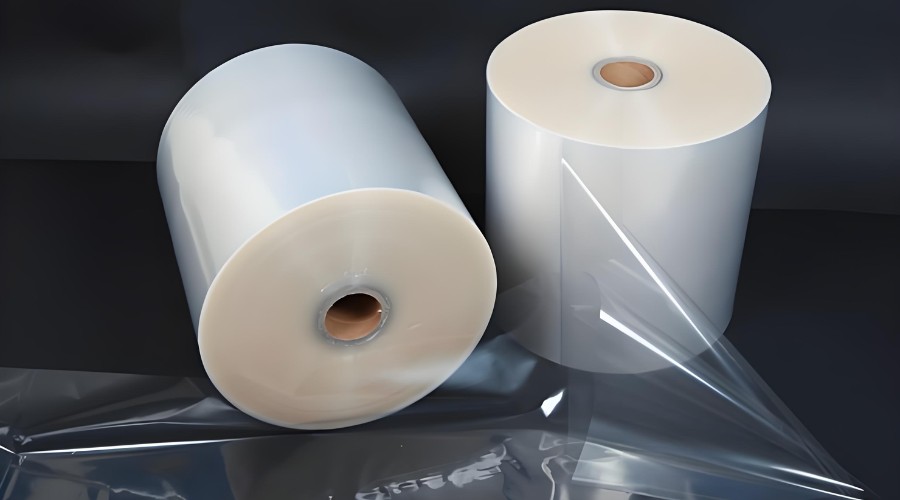
Typical Density Values for Different CPP Film Types
The density of CPP films can vary slightly depending on the specific formulation and intended application. The following table summarizes typical density ranges for different CPP film types:
| CPP Film Type | Density Range (g/cm³) | Key Characteristics | Common Applications |
|---|---|---|---|
| General Purpose CPP | 0.90-0.91 | Good clarity, stiffness, and heat sealability | Food packaging, clothing, stationery |
| Metallized Grade CPP | 0.91-0.92 | Excellent metal adhesion, high barrier properties | Snack foods, coffee, pharmaceutical packaging |
| Retort Grade CPP | 0.90-0.92 | High temperature resistance, good impact strength | Sterilized food packages, medical device packaging |
| High Transparency CPP | 0.90-0.91 | Superior clarity, low haze | Premium packaging, display packaging |
Table 1: Typical density ranges and characteristics of different CPP film types
Factors Affecting CPP Film Density
Several factors influence the density of CPP films during manufacturing:
Polymer Selection: The choice of polypropylene homopolymer or copolymer affects density. Homopolymers generally have higher density than copolymers.
Additives: Incorporation of additives like slip agents, anti-block agents, and nucleating agents can slightly modify the film’s density.
Processing Conditions: Cooling rate during film formation significantly affects crystallinity, which directly influences density. Faster cooling typically results in lower density due to reduced crystallinity.
Multilayer Structure: In co-extruded films, the density of individual layers may vary based on their composition, affecting the overall film density.
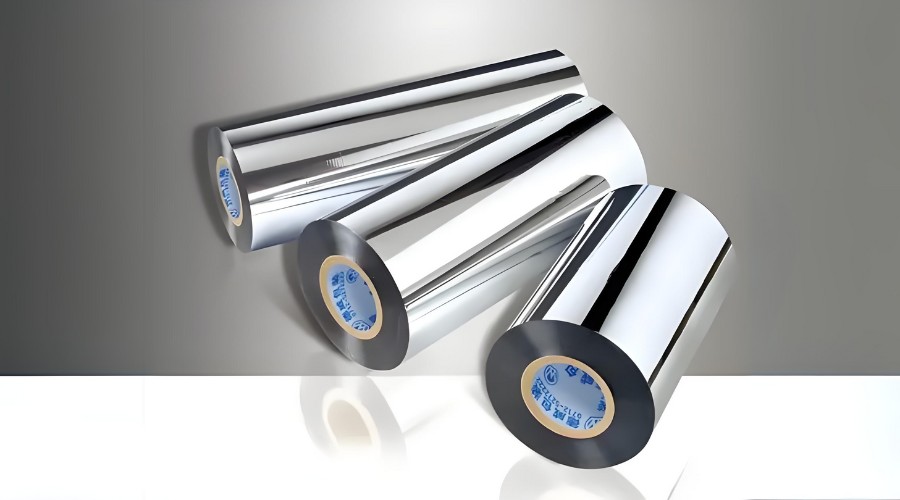
Measurement Methods for CPP Film Density
The density of CPP films is typically measured using standardized test methods:
Density Gradient Column: This is the most common method, where film samples are placed in a column filled with liquids of varying densities to determine where the sample stabilizes.
ASTM D1505: Standard test method for density of plastics by the density gradient technique.
ISO 1183: International standard for determining the density of non-cellular plastics.
Proper conditioning of samples at standard temperature and humidity (23°C and 50% RH) is essential before measurement to obtain accurate results.
Relationship Between Density and Other Properties
Understanding how density correlates with other properties helps in selecting the right CPP film for specific applications:
Density vs. Barrier Properties: Higher density generally improves moisture barrier properties but may reduce gas permeability resistance in some cases.
Density vs. Mechanical Properties: Films with higher density typically show increased stiffness and tensile strength but may have reduced impact strength.
Density vs. Optical Properties: Optimal density values around 0.90-0.91 g/cm³ provide the best transparency and lowest haze values.
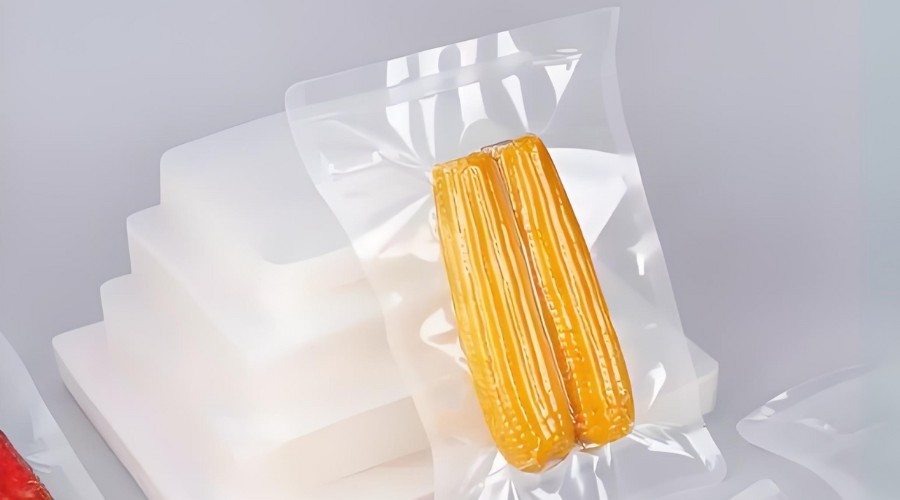
FAQs About CPP Film Density
Q1: Why is density important in CPP films?
A: Density affects critical properties including barrier performance, mechanical strength, optical characteristics, and cost efficiency. It’s essential for calculating yield (area per unit weight) and comparing material value between different suppliers.
Q2: How does density differ between CPP and BOPP films?
A: CPP films generally have slightly higher density than BOPP (Biaxially Oriented Polypropylene) films due to differences in molecular orientation and crystallinity. BOPP typically has a density range of 0.88-0.90 g/cm³.
Q3: Can density be modified in CPP films?
A: Yes, manufacturers can adjust density through material selection (homopolymer vs. copolymer), processing conditions (cooling rate), and additive packages. However, significant changes may affect other properties.
Q4: How does temperature affect CPP film density?
A: As temperature increases, CPP films expand, resulting in decreased density. This thermal expansion is reversible when the temperature returns to normal.
Q5: What is the relationship between density and crystallinity in CPP films?
A: Higher density generally indicates higher crystallinity, as the crystalline regions of polypropylene have a more compact molecular structure than amorphous regions.
Industry Applications and Density Considerations
Different applications have specific density requirements:
Food Packaging: General purpose CPP with density around 0.90-0.91 g/cm³ offers optimal balance of strength, clarity, and cost efficiency for food packaging applications.
Metallized Films: Metallized grade CPP requires density around 0.91-0.92 g/cm³ for excellent metal adhesion and barrier properties.
High-Temperature Applications: Retort-grade films maintain stability in the 0.90-0.92 g/cm³ range, ensuring performance under high-temperature sterilization conditions.
Technical Applications: Specialty applications may require precisely controlled density values for specific performance characteristics.
About CloudFilm

At CloudFilm, we recognize that precision in properties like density is what sets high-performance packaging apart.
Our advanced CPP films are engineered to exact density specifications, ensuring optimal performance in your specific applications—whether you need superior clarity for premium product visibility, enhanced barrier properties for extended shelf life, or exceptional machinability for high-speed packaging lines.
With CloudFilm, you get more than just materials; you get solutions tailored to your technical requirements and sustainability goals. Partner with us to elevate your packaging innovation with films that deliver consistency, quality, and value.


